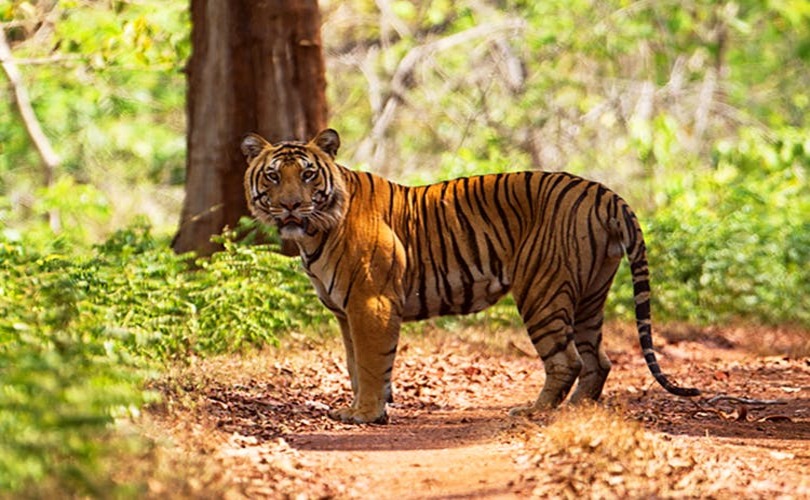Orang National Park
Orang National Park In Assam, India
Orang National Park, also known as the “Mini Kaziranga of Assam,” is a protected wildlife sanctuary located in the Darrang and Sonitpur districts of Assam, India. Covering an area of 79.28 square kilometers, it is one of the smallest yet most ecologically significant national parks in India. Orang was declared a wildlife sanctuary in 1985 and later upgraded to a national park in 1999.
It is also a Tiger Reserve (since 2016) and is part of the Eastern Himalayan biodiversity zone. The park is situated along the northern banks of the Brahmaputra River, featuring a mix of grasslands, wetlands, tropical forests, and riverine ecosystems, which provide an ideal habitat for a wide range of species.
Orang is best known for its population of the Indian one-horned rhinoceros, with over 125 rhinos, making it the third-highest rhino population in Assam after Kaziranga and Pobitora. Apart from rhinos, Orang is home to a variety of wildlife, including Bengal tigers, Asiatic elephants, wild water buffaloes, swamp deer, hog deer, and leopards.
It also serves as a habitat for the critically endangered Hispid hare and pygmy hog, two species found in very few places in the world. For birdwatchers, Orang is a paradise, with over 220 species of birds, including the spot-billed pelican, greater adjutant stork, Bengal florican, great hornbill, and numerous migratory birds that visit during winter.
The park also supports several reptiles and amphibians, such as king cobras, Indian pythons, and freshwater turtles. One of the best ways to explore Orang National Park is through jeep safaris, which offer excellent opportunities for wildlife spotting. Since the park is relatively small, it provides a high chance of spotting rhinos, tigers, and other wildlife in a short duration. Orang National Park stands as a hidden gem of Assam, offering an offbeat yet incredible wildlife experience, making it a must-visit for nature enthusiasts, wildlife photographers, and adventure seekers.
Flora And Fauna
- The Indian Rhinoceros
- Pygmy Hog
- Asian Elephant
How To Reach
Safari Timing
Best Time To Visit
Winter (November to March):- Better Wildlife Sightings – Rhinos, tigers, elephants, and deer are more active. Dry Season – No waterlogging, making the park easily accessible.
Copyright © 2025 National Park in India. All Rights Reserved


